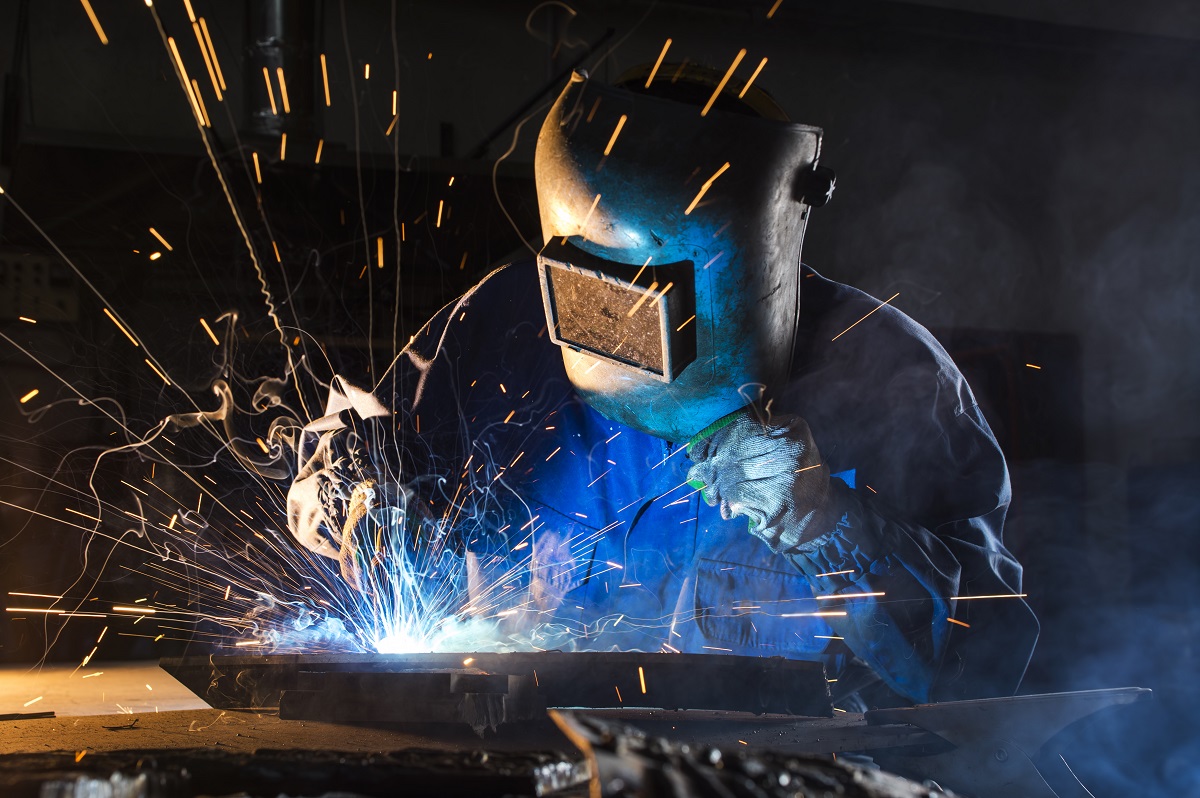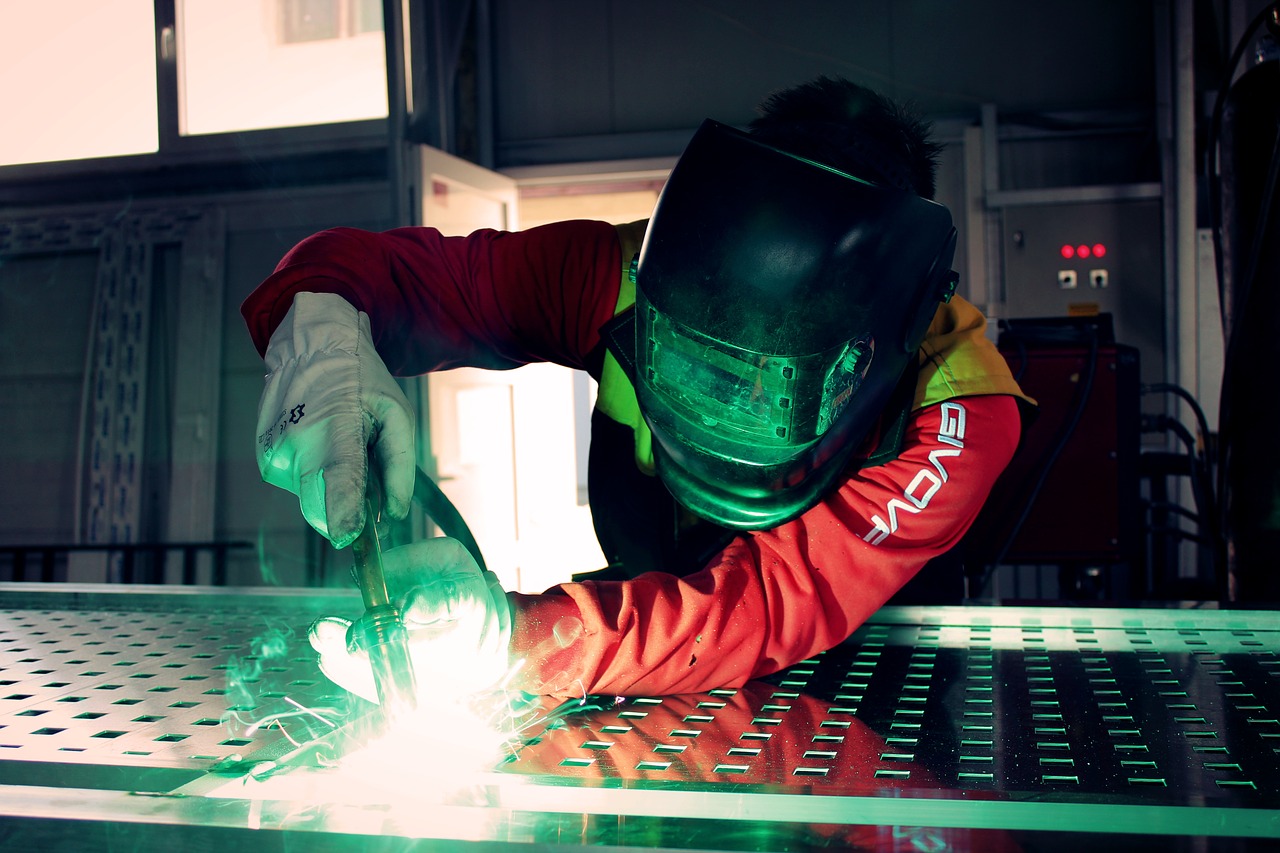Common Welding Repair Work Issues and Exactly How to Address Them Properly
Welding repairs frequently encounter a variety of concerns that can jeopardize the integrity of the end product. Common problems consist of insufficient penetration, porosity, and misalignment, amongst others. Each flaw offers distinct difficulties that call for details methods for resolution. Understanding these concerns is crucial for welders intending to boost their results and abilities. This conversation will certainly discover these typical welding repair service issues and reliable approaches to address them.
Insufficient Infiltration
Insufficient infiltration occurs when the weld steel falls short to fully fuse with the base product, resulting in weak joints and possible structural failures. This problem frequently stems from inadequate warm input, wrong electrode angle, or inappropriate welding speed. Welders may come across poor penetration because of a miscalculation of the necessary parameters for a specific product thickness or kind. Additionally, contamination on the base product's surface can prevent reliable bonding, worsening the issue. To resolve poor infiltration, welders need to ensure appropriate settings on their devices and maintain a clean job surface area. Regular evaluation of welds is advised to determine any type of shortages early, enabling timely improvements and the avoidance of endangered structural integrity in bonded assemblies.
Porosity
Porosity is a typical issue in bonded joints that materializes as tiny gas bubbles caught within the weld steel. This issue can jeopardize the integrity of the weld, causing minimized toughness and prospective failure under stress. Montana Mobile Welding and Repair. Porosity generally arises from contamination, wetness, or improper welding techniques, which enable gases to get away right into the molten weld swimming pool. To attend to porosity, welders ought to guarantee proper surface preparation, preserve a clean workplace, and make use of ideal welding parameters. Furthermore, choosing the ideal filler product and protecting gas can alleviate gas entrapment. Regular assessment and screening of welds can aid recognize porosity early, guaranteeing prompt corrective actions are taken, thereby maintaining the high quality and dependability of the welded framework
Misalignment
Misalignment in welding can occur from different factors, including incorrect configuration and thermal expansion. Understanding the source is important for efficient resolution. Numerous adjustment techniques are offered to realign elements and assure structural integrity.
Reasons for Misalignment
Welding imbalance typically comes from a variety of underlying issues that can jeopardize architectural honesty. One primary reason is inappropriate fit-up of elements before welding, which can result in voids and irregular surface areas. Variants in thermal development during the welding process can likewise lead to distortion, especially if the materials being joined have various coefficients of expansion. Additionally, poor clamping and fixturing may stop working to hold parts safely in position, leading to motion throughout welding. Improperly maintained tools, consisting of welding equipments and devices, may present variances in the weld grain, additional adding to misalignment. Operator mistake, stemming from not enough training or experience, can additionally play a considerable duty in developing misaligned welds.

Correction Methods Readily Available
Attending to imbalance successfully needs a mix of restorative techniques tailored to the specific issues at hand. One typical method is making use of jigs or fixtures to hold components in the appropriate setting during welding, guaranteeing constant positioning. Additionally, pre-heating the materials can help in reducing distortion and improve fit-up. For significant imbalance, mechanical realignment strategies, such as making use of hydraulic jacks or clamps, can be used to correct the setting prior to welding. Post-weld warmth treatment may also be essential to eliminate tensions triggered by imbalance. Ultimately, careful evaluation and change throughout the setup stage can prevent imbalance issues from coming to be substantial troubles, advertising a smoother welding process and boosting general architectural stability.
Distortion
Distortion is an usual obstacle in welding that can occur from numerous variables, including irregular heating and cooling. Understanding the reasons of distortion is important for implementing reliable avoidance methods. Resolving this problem not only improves architectural honesty yet also improves the overall quality of the weld.
Causes of Distortion
When based on the extreme heat of welding, products frequently undergo adjustments that can lead to distortion. This phenomenon primarily arises from thermal expansion and tightening during the welding process. As the weld location warms up, the material expands; upon air conditioning, it acquires, which can produce inner tensions. In addition, irregular heating across a workpiece can exacerbate these tensions, causing bending or flexing. The type of material additionally plays a considerable function; steels with varying thermal conductivity and coefficients of growth might respond in a different way, causing unforeseeable distortions. Inadequate joint layout and poor fixturing can add to imbalance during welding, increasing the chance of distortion. Recognizing these causes is important for effective welding repair and prevention strategies.
Prevention Techniques
Reliable avoidance techniques for distortion throughout welding concentrate on regulating warm input and making certain appropriate joint design. Keeping a regular heat input aids to decrease thermal development and tightening, which can result in distortion. Using techniques such as pre-heating the workpiece can additionally decrease the temperature slope, promoting uniform home heating. Additionally, selecting ideal joint layouts, such as T-joints or lap joints, can enhance stability and minimize stress concentrations. Implementing proper fixturing to safeguard the workpieces in location further aids in preserving placement throughout the welding procedure. Staggered welding sequences can disperse warmth more evenly, avoiding local distortion. By using these strategies, welders can greatly lower the chance of distortion and enhance the overall high quality of their welds.
Cracking
Fracturing is a typical problem run into in welding repair work, commonly resulting from various variables such as improper air conditioning rates, product selection, or inadequate joint prep work. The occurrence of cracks can considerably jeopardize the honesty of the weld, leading to potential failings during procedure. To address this problem, welders should initially analyze the root creates, guaranteeing that products are compatible and appropriately selected for the certain application. Additionally, managing the air conditioning price during the welding process is crucial; fast cooling can generate anxiety and bring about fracturing. Appropriate joint design and preparation additionally contribute to reducing the risk. Applying these methods can improve weld top quality and resilience, ultimately minimizing the possibility of breaking in ended up weldments.

Insufficient Blend
A considerable problem in welding repair services is insufficient combination, which occurs when the weld steel does not effectively bond with the base material or previous weld passes - Belgrade Fabrication. This issue can bring about weaknesses in the joint, potentially endangering the stability of the welded framework. Aspects adding to incomplete blend include inadequate heat input, incorrect welding technique, and contamination of the surfaces being joined. To resolve this concern efficiently, welders must assure appropriate pre-weld cleaning and surface area prep work, as well as adjust their welding specifications to attain adequate infiltration and fusion. Routine examination throughout the welding procedure resource can likewise assist identify insufficient fusion early, allowing for timely restorative steps to boost the overall quality of the weld
Overheating
While welding repairs can enhance architectural stability, overheating offers a considerable obstacle that can lead to product destruction. Too much warm during welding can alter the mechanical homes of steels, resulting in reduced stamina, enhanced brittleness, and warping. This sensation is especially essential in high-stress applications where structural reliability is paramount. Recognizing overheating can entail aesthetic evaluations for staining or distortion, along with keeping track of temperature level throughout the welding process. To alleviate the dangers related to overheating, welders should use proper techniques, such as controlling warm input, readjusting travel rate, and utilizing ideal filler materials. In addition, implementing pre- and post-weld warmth treatments can aid bring back material residential or commercial properties and improve the total quality of the repair work, making certain lasting efficiency and safety.
Regularly Asked Questions
What Are the Typical Indications of a Welding Defect?

Just How Can I Evaluate My Welds for Top quality?
To test welds for quality, one can utilize visual inspections, ultrasonic testing, and radiographic approaches. Each technique assures structural integrity, recognizes issues, and validates adherence to specified criteria, inevitably improving the dependability of the welded joints.
What Safety and security Preventative Measures Should I Take While Welding?
When welding, one need to prioritize safety by using proper individual safety devices, making certain proper ventilation, safeguarding flammable products away, maintaining a tidy work space, and knowing surroundings to avoid accidents and injuries.
Can I Fix a Weld Without Renovating the Entire Joint?
Repairing a weld without redesigning the entire joint is possible, relying on the damages (Belgrade Fabrication). Techniques such as grinding, adding filler product, or utilizing a welding procedure can efficiently deal with details defects while preserving the surrounding structure
What Devices Are Essential for Reliable Welding Fixes?
Necessary devices for efficient welding repairs include description a welding device, cable brush, grinder, protective gear, clamps, and filler products. Each tool plays an essential duty in making sure high quality and safety throughout the fixing process. Porosity commonly arises from contamination, wetness, or incorrect welding strategies, which permit gases to escape right into the molten weld pool. Improperly conserved tools, consisting of welding machines and tools, may introduce incongruities in the weld grain, further contributing to misalignment. When subjected to the intense warm of welding, materials commonly undertake changes that can lead to distortion. Fracturing is an usual issue encountered in welding fixings, typically resulting from numerous factors such as incorrect cooling rates, material option, or insufficient joint prep work. A substantial concern in welding repair work is incomplete combination, which takes place when the weld steel does not properly bond with the base material or previous weld passes.